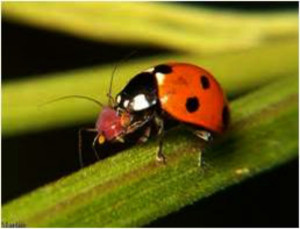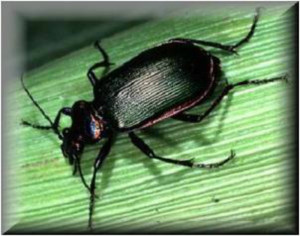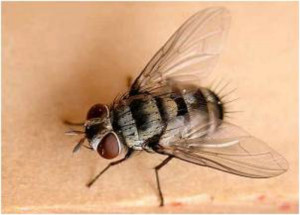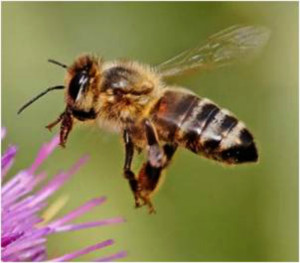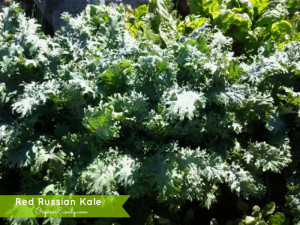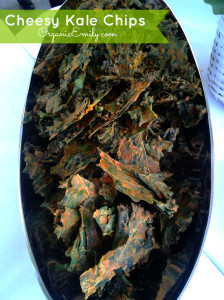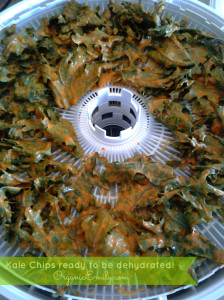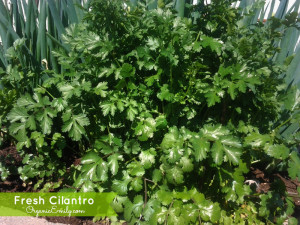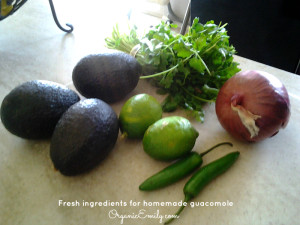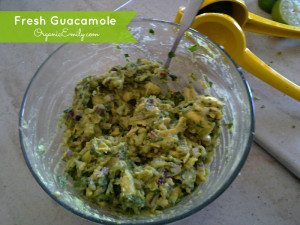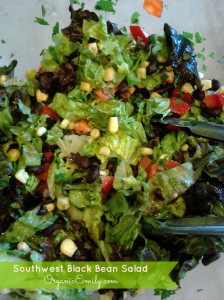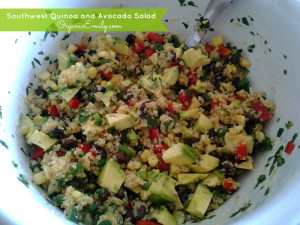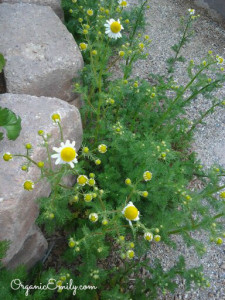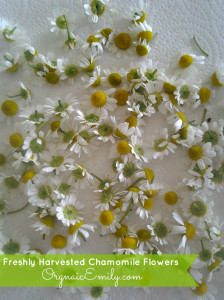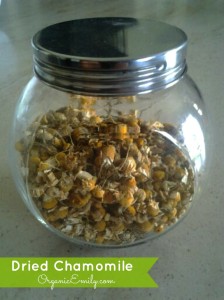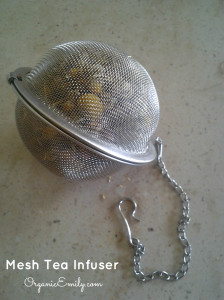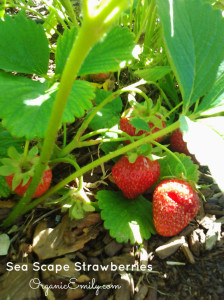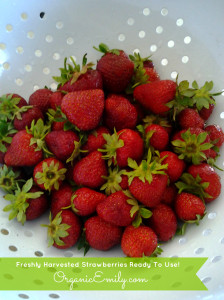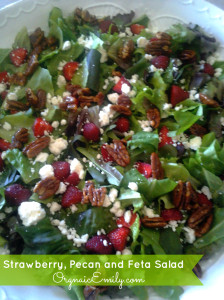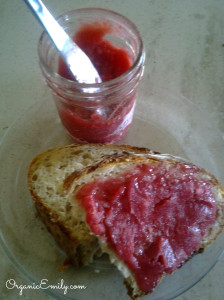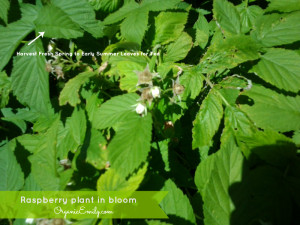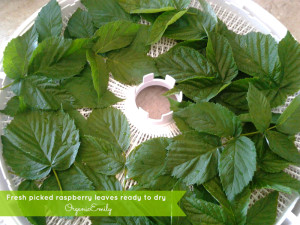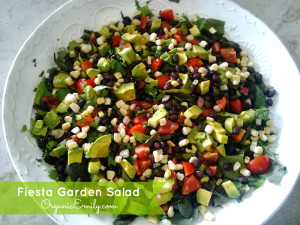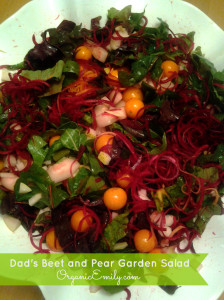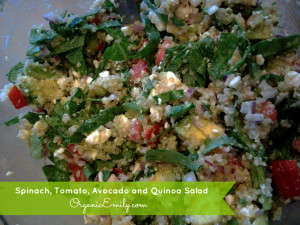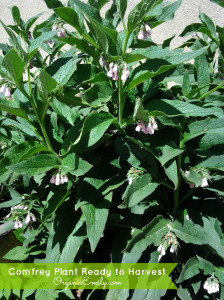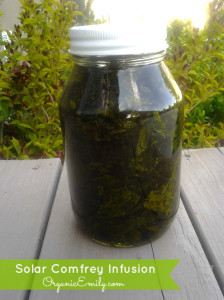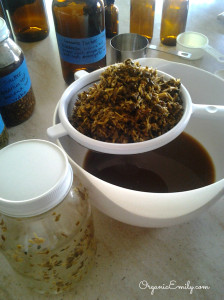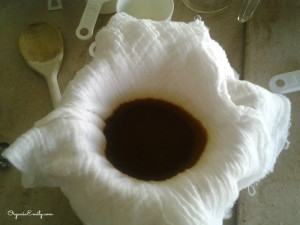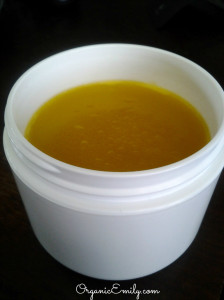During these hot summer months pest problems can become overwhelming if allowed to get out of hand. There are 3 main controls used for keeping pests at bay:
Mechanical – Hand pick insects and eggs off plant.
Biological – Plant certain types of herbs and flowers that attract beneficial insects (this is also known as companion planting).
Chemical – Organic and non-organic chemicals are included in this category.
The struggle between whether or not to spray organic vegetables with chemicals can be a burden. Although chemical pesticides are needed at times, they are over used and can be extremely dangerous to humans, the environment and animals. I recommend using a chemical pesticide as a last resort to save a plant. Be sure to read all labels carefully and discard waste as directed.
“The Good”
In part 1 we will discuss some of “The Good” bugs that prey on the bad. These types of bugs are easy to attract and can fight most of the battle for us! The trick is to plant the right kind of herbs and flowers that provide nectar, pollen and ground cover for those beneficial bugs to come into the garden. Some of these plants also provide strong scents to deter and confuse other pests. A few of the beautiful and beneficial plants you can grow are: marigolds, basil, dill, fennel, parsley, asters, echinacea, onions and garlic for their strong pungent smells. And chamomile, cosmos, nasturtiums, petunias, calendula, tansy and zinnias for their nectar and ground cover to hide predatory insects. There are so many more plants I could name, but just don’t have the time! I recommend getting the book, “Great Garden Companions”, by Sally Jean Cunningham for more information! For now I want to show you my top 10 “Good Bugs” that prey on the ones we don’t want in our garden!
Lady Beetle
Lady bugs are just 1 of 400 lady beetles found in North America. Adults and larva feed on soft bodied insects like aphids. Most adults need to feed on flower pollen or nectar to reproduce.
Lacewing
Lacewings are pale green or brown in color. Adults mostly feed on nectar. Lacewing larva, however, are voracious predators that feed on aphids, thrips, scales, moth eggs, small caterpillars and mites. This is one bug you want in your garden!
Ground Beetles
Ground beetles are large, long-legged and shiny black or brown. They hide under rocks or ground covering plants in the day and move fast when disturbed. They feed on slugs, snails, cutworms, root maggots, and Colorado potato beetle larva. Attract these beneficial beetles by growing ground covering petunias and using boulders or logs in the landscape. Rove beetles resemble earwigs without pincers, and feed on many insects similar to the ground beetle.
Parasitic Wasp
There are hundreds of species of wasps, including many that are so tiny you can barely see them. These mini-wasps often attack the eggs of pests, and are one of the most important insect groups that provide control of . Attract these beneficial bugs by growing nectar and pollen rich plants.
Garden Spider
All spiders feed on insects and are very important for preventing pest outbreaks. The spiders normally found in gardens do not move indoors, nor are they poisonous. Permanent perennial plantings and straw mulches will provide shelter and dramatically increase spider populations in the vegetable gardens.
Tachinid Fly
Although Tachinid flies look similar to the house fly, these insects are important enemies of cutworms, army-worms, tent caterpillars, cabbage loopers, moths, saw flies, Japanese beetles, squash bugs and sow bugs. Attract the Tachinid fly by planting nectar and pollen rich plants.
Dragon Fly
There are more than 80 species of dragon flies. They vary in all colors and sizes, ranging from 1-2 inches in length. Their larva are found in water. Dragon flies eat aphids, mosquitoes and other pest bugs. Dragon flies has decreased in population dramatically as wetland areas have become developed and taken away. If you want to see dragon flies in your garden provide a small pond or water feature to attract these beautiful insects!
Honey Bee
Honey bees are important pollinators to many plants. They can often be identified by the pollen baskets they carry on the backs of their legs and fuzzy body. They tend to be lighter in color compared to the wasp or hornet they are so often mistaken for. The best way to attract honey bees is to grow plants with lots of pollen and nectar, many are listed above. Did you know that pollinating insects are worth well over $8 billion dollars our economy every year!
Assassin Bug
There are 3,000 known species of assassin bugs! They are voracious predators of a wide variety of insects, including aphids, caterpillars, cucumber beetles, ear wigs, leaf hoppers and many more. They inject their prey with a lethal toxin from their beak that liquifies their innards and then sucks out the contents. They have been known to shoot venom at their enemies from a foot away!
Praying Mantis
These insects have big appetites, feeding on both beneficial and pest insects! They can strike their prey within 50 milliseconds, making them one of the fastest animals on earth!

